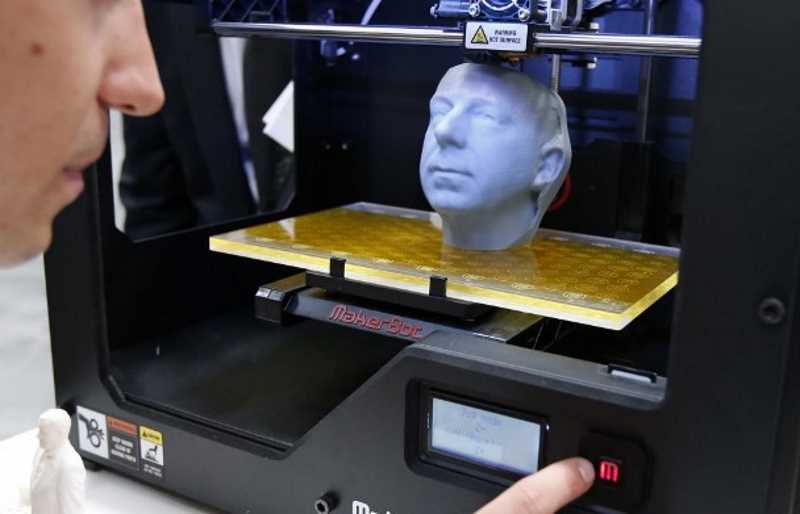In 2013’s State of the Union Address, President Obama said 3-D printing may “revolutionize the way we make almost everything.” To be sure, 2013 and the beginning of ’14 have been heady times for 3-D printing technology. Scientists wrought lifelike ears with the technology; using 3D printing, GE fabricated jets engine parts, doctors saved a baby’s life with a bioresorbable splint; and Foodini created a machine that could create foodstuffs such as gnocchi and bread sticks.
If 3-D printers are the boon technology of the future, it just may be that the future is now. Tech-savvy entrepreneurs can absolutely start a business that revolves around the capabilities of 3-D printing. Here are a few ideas.
1) Be the Local 3-D Printer
Owen Tien of Ann Arbor, MI, calls himself the Thingsmith and runs a small business printing items for people on demand. Tien says he’s made i-phone cases, replacement gears, camera parts. Some of his customers are University of Michigan students and some are looking for custom gifts. he charges a $5 fee and then additional fees based on materials used.
2) Prototypes
If your small business involves fabricating a run of items, making a prototype can be done cheaply and quickly via a 3-D printer. For a matter of dollars (less than fifty) and in a matter of a couple of hours, a company can crank out a few nascent items, which gives them the ability to tinker and create.
3) Up Production
If you’re a maker of jewelry, collectibles, crafts, wallets, and the like, you can expand your business—if you can cultivate a market—to sell more items than your time presently allows you to create.
4) Go High End
You can’t beat quality. Making things that are just better than the competition—hand-made, finest materials products will always be a great business model. And that’s where 3-D printing comes in. As one example, Dan Clark of San Diego started a company making ultra-high-quality headphones requiring parts to be made individually. He invested in 10 $1,600 3-D printers and let it fly.
5) Low-Cost Manufacturing
This type of startup is similar to the neighborhood fabricator above, but with a very important philosophical—and practical—difference. There very well may be a feature in traditional manufacturing, semiconductors, integrated circuits. Doing the work of a factory, on a much smaller and environmentally-friendly basis very well may be a possibility.
6) Marketplaces and Communities
Here’s something. A startup delivering services to users of 3-D printers is a good way to enter the fray. As a ready example, New Matters is a Pasadena startup committed to making 3-D printing affordable and to bring 3-D users together. The company has designed the printer itself, as well as software, but also an Etsy-like marketplace and community. The opportunities for businesses and startups related to 3-D printing are abundant.
Some worry that the market for 3-D printing businesses may soon rapidly shrink due to the machines being found in every home. But there’s a lot more to the field than printing everyday items for individuals. It’s all about being just a bit ahead of the curve, innovating, finding markets.
